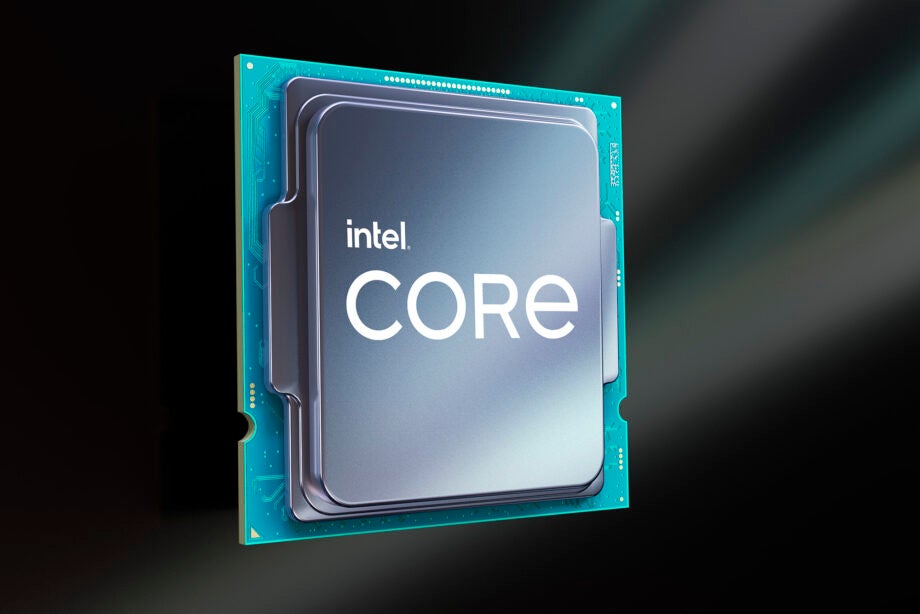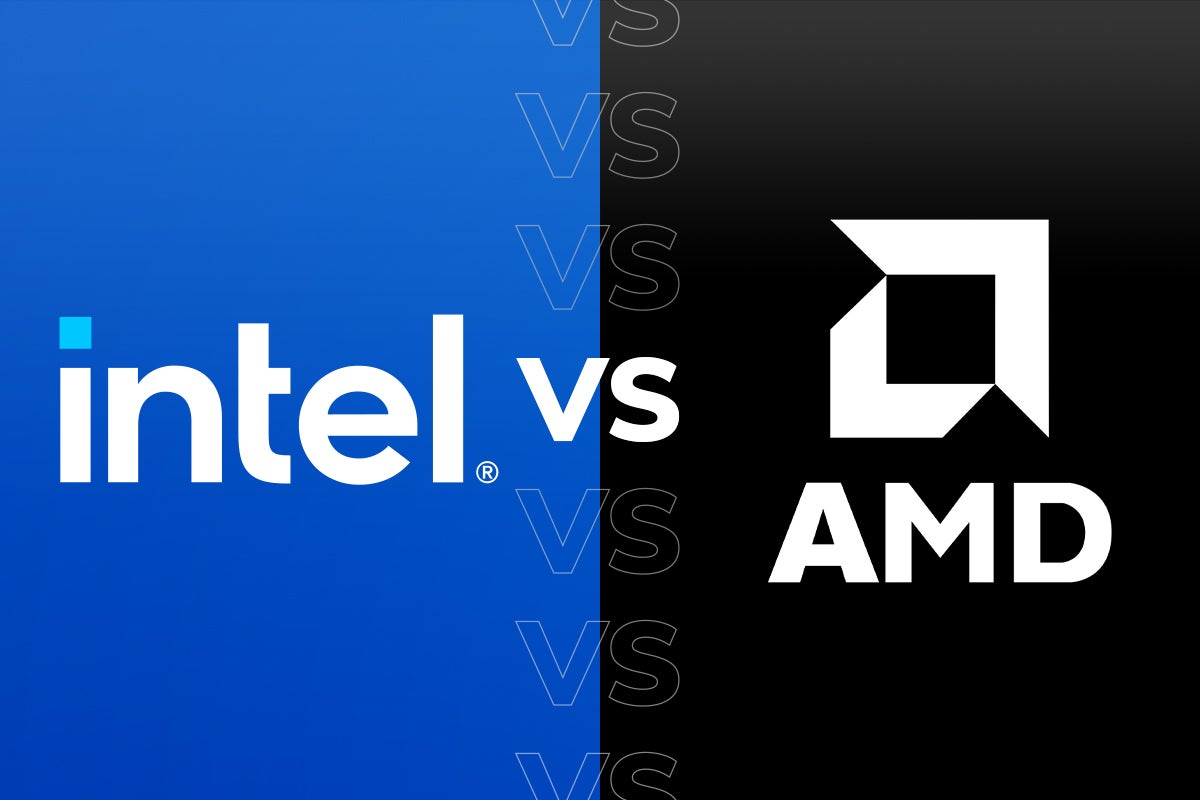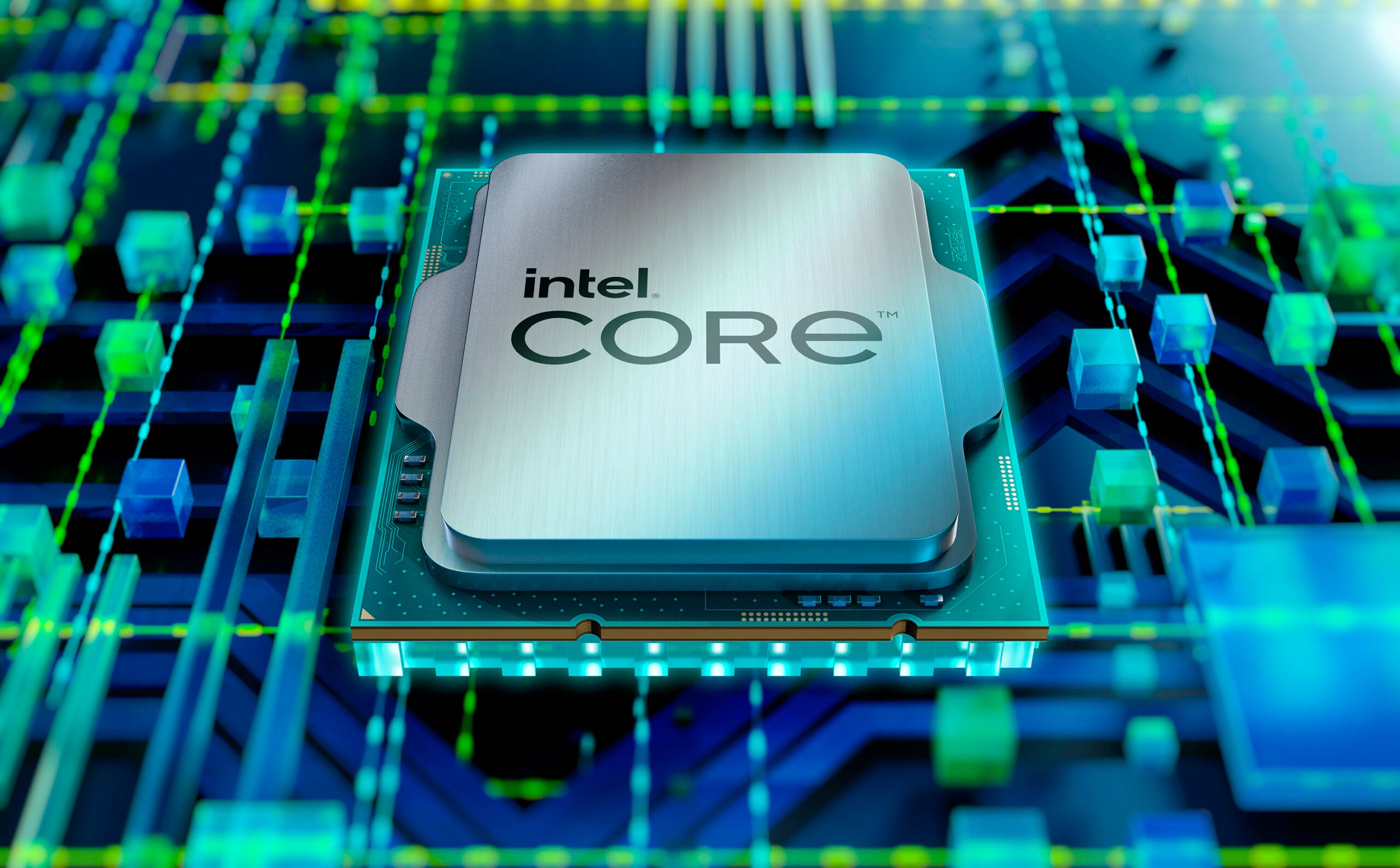Intel Alder Lake vs Rocket Lake: 5 big differences you need to know

Intel has lifted the lid on its new Alder Lake CPU architecture, giving budding PC builders and laptop buyers a hint at what upgrades they can expect when the chips launch later this year.
But, with Intel throwing more technical jargon into its marketing than most people can stomach, you may justifiably be wondering what the key differences are compared to the older Rocket Lake architecture.
Here to help, we’ve created this guide detailing the biggest differences between Intel Alder Lake and Rocket Lake.
1. Alder Lake is built to be much more efficient
Alder Lake uses a different manufacturing process to the older Rocket Lake parts. Specifically it’s made using the Intel 7 process (also known as the 10nm Enhanced SuperFin before the firm before it changed its naming conventions earlier this year). Rocket Lake is built using the older 14nm Cypress Cove Core architecture process.
A smaller process size is important as it reduces the distance electrons have to travel, saving energy and generally making the design more efficient. So even though a smaller node doesn’t guarantee a CPU will be more efficient or have a lower TDP, it’s a healthy indicator it potentially could.
The change also helps Intel gain a little ground on arch-rival AMD, which currently sells Ryzen 5000-series CPUs built using a 7nm Zen 3 architecture.
2. Better thread management
Intel has only released basic information about its Alder Lake architecture, so we don’t have any full details about the specific chips’ specs at the moment. What we do know is that they’ll be able to support up to 24 threads, 16-cores and feature an advanced “thread director” feature that should make them run much more efficiently on Windows 11.
The service lets the CPU detect what type of process is running and send it to one of the CPU’s “power” or “efficiency” cores. Specifically, they’ll run priority tasks, like gaming and content creation on P-cores and the background tasks, like streaming while gaming, on E-cores. Intel didn’t offer any quotes on how this will affect power consumption, outside of “it’ll be better” than Rocket Lake’s. But it did cite the new tech as a key reason the Alder Lake chips will generally be more powerful.
3. It’s also more powerful, according to Intel
At Alder Lake’s reveal during Intel Architecture Day, senior vice president Raja Koduri said the CPUs will offer users a 19% improvement per performance watt compared to the previous generation.
Sadly, the Intel spokespeople on hand declined Trusted Reviews’ request for clarification on key performance metrics, like gaming framerates and content creation, promising “further details will be revealed soon”. We’re expecting Intel to reveal more details about the chips’ performance, as well as fresh info on its first wave of Intel Arc graphics cards at the Intel Innovation event on 27-28 October.
4. Alder Lake supports faster memory
The other big difference we know separating Alder Lake from Rocket Lake, is that the new architecture supports DDR5 memory for desktop PCs and LPDDR5 for laptops. Rocket Lake desktop chips only support DDR4-3200, by comparison.
The main benefit to the newer memory is that it has a significantly higher data rate. Specifically, DDR5 will launch with a top 4.8Gbps data rate. It’s set to later have this cap raised to 6.4Gbps later.
DDR4 is only capable of 3.2Gbps, by comparison. This means machines with an Alder Lake chip and compatible RAM will be much better at transferring data/information between the computer’s various components.
5. You’ll need a new motherboard for Alder Lake
The major downside to all these benefits is that you’ll need to invest in a new motherboard if you want to upgrade to an Alder Lake chip.
The new CPUs will use an LGA 1700 socket, which is different to Rocket Lake’s older LGA 1200 socket. This unfortunately means you won’t be able to get away with a cheeky swap and Bios update, as you did with many previous generation Intel chips, which will increase the cost of upgrading as a result.
For more details on Intel Alder Lake, make sure to check out our hub below, and keep the page bookmarked for future updates.





